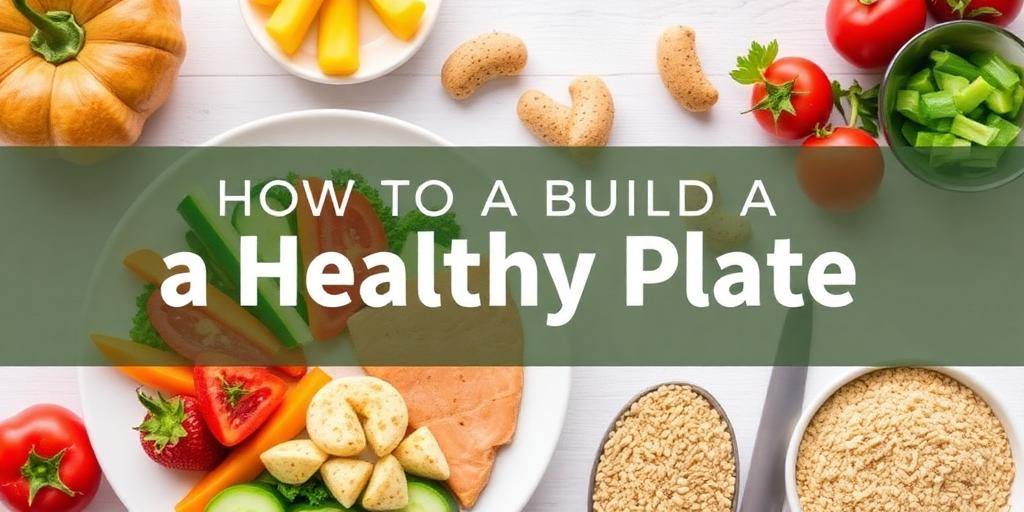Creating a healthy plate is a fundamental step towards balanced nutrition and overall well-being. This visual guide breaks down the essential components of a well-proportioned meal, making it easier to achieve your dietary goals.
Understanding the Healthy Plate
The healthy plate method is a visual tool that helps you create balanced meals without the need for counting calories or weighing food. It focuses on portion sizes and food groups to ensure you get a variety of nutrients.
1. Fill Half Your Plate with Vegetables
Non-starchy vegetables should make up the largest portion of your plate. These include:
- Leafy greens: spinach, kale, lettuce
- Cruciferous vegetables: broccoli, cauliflower, Brussels sprouts
- Colorful vegetables: carrots, bell peppers, tomatoes
Vegetables are low in calories and rich in vitamins, minerals, and fiber. They add bulk to your meal, helping you feel full and satisfied.
2. One Quarter of Your Plate with Protein
Choose lean protein sources to support muscle health and provide essential amino acids. Examples include:
- Poultry: chicken, turkey
- Fish: salmon, tuna, cod
- Beans and legumes: lentils, chickpeas, black beans
- Tofu and tempeh
- Lean cuts of beef or pork
Protein is crucial for building and repairing tissues, as well as supporting various bodily functions.
3. One Quarter of Your Plate with Whole Grains
Opt for whole grains over refined grains to provide sustained energy and fiber. Good choices include:
- Brown rice
- Quinoa
- Whole wheat pasta
- Oats
- Barley
Whole grains are less processed and retain more nutrients compared to refined grains like white bread or white rice.
4. Include Healthy Fats
Incorporate sources of healthy fats in moderation. These fats are essential for brain health, hormone production, and nutrient absorption. Examples include:
- Avocado
- Nuts and seeds
- Olive oil
5. Choose Healthy Beverages
Stay hydrated with water, unsweetened tea, or sparkling water. Limit sugary drinks like soda and juice, as they contribute empty calories and can lead to weight gain.
Tips for Building a Better Plate
- Plan your meals: Planning ahead helps you make healthier choices and avoid impulsive decisions.
- Read nutrition labels: Pay attention to serving sizes and nutrient content.
- Cook at home: Home-cooked meals allow you to control ingredients and portion sizes.
- Listen to your body: Pay attention to hunger and fullness cues to avoid overeating.
- Vary your choices: Incorporate a wide variety of foods to ensure you get a range of nutrients.
By following this visual guide, you can create balanced and nutritious meals that support your health and well-being. Remember to adjust portion sizes based on your individual needs and activity level.









